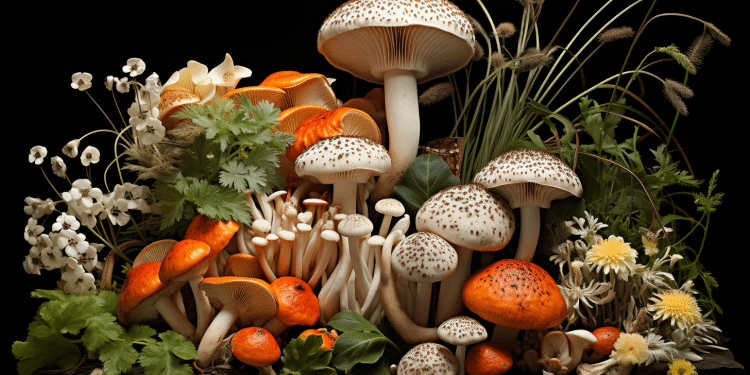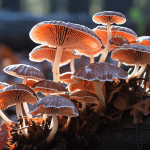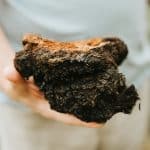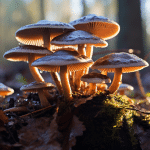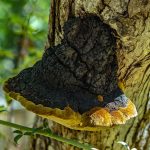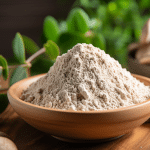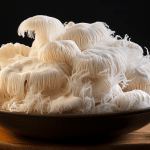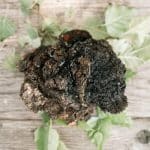How many types of mushrooms are there? But these mushrooms all fit into several major categories. There is even quite a bit of overlap among the categories. Mushrooms often fit in several different areas. For instance, oyster mushrooms are highly farmed, but also grow in the wild and are found in the wild.
Cultivated Mushrooms
The cultured mushrooms are the ones grown commercially. Mushroom farmers employ many different techniques and set-ups in order to produce mushrooms for the market on a consistent basis. Many farmers are using extremely expensive equipment, but we are huge fans of growing mushrooms in the low-tech manner. Cultured mushrooms include anything that you might find in a grocery store such as button mushrooms, portobello mushrooms, cremini mushrooms, oyster mushrooms, enoki, and others.
Wild Mushrooms
Wild mushrooms are mushrooms harvested by hunters and foragers of mushrooms in the wild. Some mushroom species only grow in the living root systems of specific species of trees, or they have other characteristics which make them almost impossible to cultivate in large-scale farming settings. Some of the most prized wild mushrooms include truffles, morel mushrooms, and chanterelle mushrooms.
It is important only to gather wild mushrooms if you know what you are doing, or to go mushroom hunting with a knowledgeable person who can positively identify the specimens that you find. There are a lot of toxic wild mushrooms that look exactly like edible wild mushrooms, unless you know exactly what differences to look for.
Medicinal Mushrooms
Some varieties of mushrooms have been used for medicinal benefits for some time. Some popular edible mushrooms have medicinal properties, such as shiitake, Tremellomycetes, and Maiitake. Others are too woody or bitter to be eaten, and are made instead into teas or taken as capsules. Medicinal mushrooms have been scientifically proven to provide many benefits and applications. Including treating cancer, lowering cholesterol, acting as an antibacterial and antifungal agent, and more.
Good examples of medicinal mushrooms include Reishi, Chaga, and Turkey Tail Mushrooms.
Psychoactive Mushrooms
Psychoactive mushrooms are often called “magic mushrooms”. These mushrooms are known for their psychotropic effects. Most contain a psychoactive component called psilocybin. These types of mushrooms are illegal in many countries, so make sure you check your local laws, however, in recent times, there has been a surge in countries and U.S. states that have decriminalized psilocybin mushrooms, and there is the prospect of psychedelic treatments on the horizon.
Poisonous Mushrooms
There are many toxic species of mushrooms out in the wild, so it is essential that you positively identify mushrooms before you consume them. Some of the more toxic species, such as the amanita bisporigera (aptly named the “annihilating angel”), are quite similar to edible mushrooms. At various stages of development, they could be easily confused with button mushrooms, puffed mushrooms, or other edibles. The effects of toxic mushrooms can range from just making you really sick, to permanently damaging your liver and kidneys.
Useful Mushrooms
Some varieties of mushrooms are not consumed at all, instead being used for other purposes. For hundreds of years, people throughout Europe (especially Slovenia and the surrounding areas) have traditionally used the mushrooms of the Amanita muscaria species as fly traps. That is why they got their name, Fly Agarirics.
The mushrooms are steeped in milk, attracting flies, who will eat the mushrooms and drink the milk, then die. Mushrooms are also used in bioremediation, or cleaning the environment. They are capable of breaking down oils and other pollution in the environment.
Fungi also can help produce better compost. Scientists are researching a lot of new ways to use mushrooms, and they are coming up with new inventions that are based on mushrooms each year. These include using mushrooms for biofuels, packaging, cleaning products, textiles, and even as a building material!
You can find our favorite capsules, powders, gummies, and other products on the following pages of our website and learn more about each individually:
Additional Resources:
